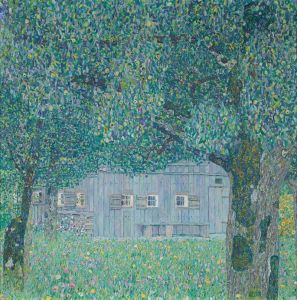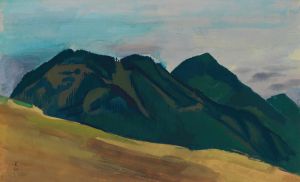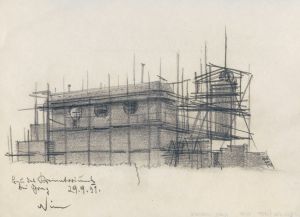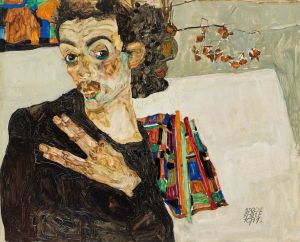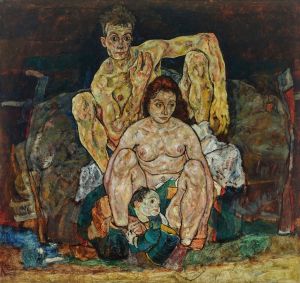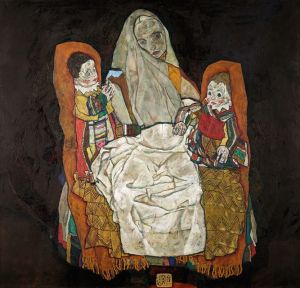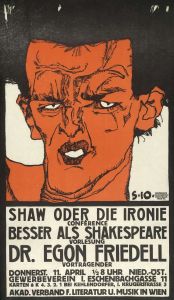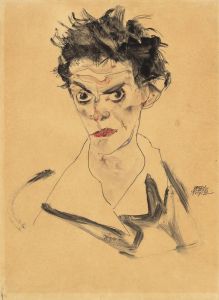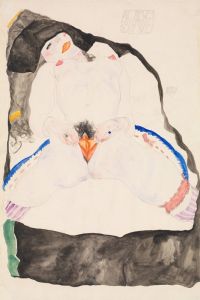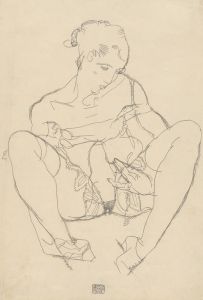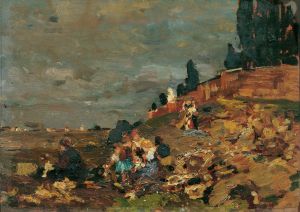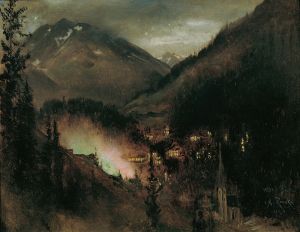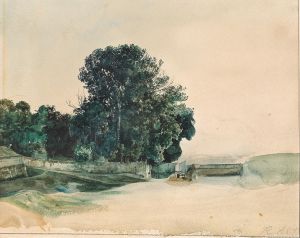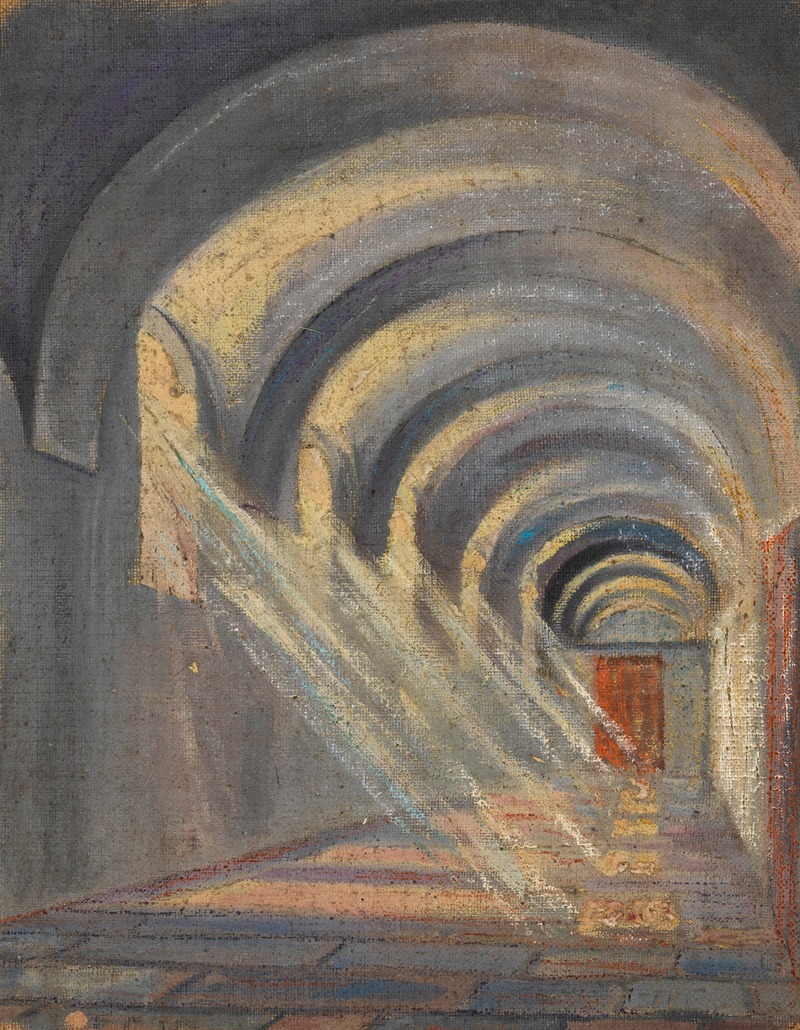
Kreuzgang mit einfallendem Sonnenlicht
A hand-painted replica of Egon Schiele’s masterpiece Kreuzgang mit einfallendem Sonnenlicht, meticulously crafted by professional artists to capture the true essence of the original. Each piece is created with museum-quality canvas and rare mineral pigments, carefully painted by experienced artists with delicate brushstrokes and rich, layered colors to perfectly recreate the texture of the original artwork. Unlike machine-printed reproductions, this hand-painted version brings the painting to life, infused with the artist’s emotions and skill in every stroke. Whether for personal collection or home decoration, it instantly elevates the artistic atmosphere of any space.
Egon Schiele, an Austrian painter known for his distinctive style and significant contribution to early 20th-century art, created the painting "Kreuzgang mit einfallendem Sonnenlicht" (Cloister with Incoming Sunlight). Schiele, born in 1890, was a protégé of Gustav Klimt and became a leading figure in Austrian Expressionism. His work is characterized by its intensity, raw emotionalism, and often provocative subject matter.
"Kreuzgang mit einfallendem Sonnenlicht" is one of Schiele's lesser-known works, yet it reflects his unique approach to capturing light and architecture. The painting depicts a cloister, a covered walkway typically found in monasteries, with sunlight streaming through, creating a play of light and shadow. This setting allows Schiele to explore the interaction between natural light and architectural forms, a theme that recurs in several of his works.
Schiele's interest in architecture can be traced back to his early years. He was born in Tulln an der Donau, Austria, and later moved to Vienna, where he studied at the Academy of Fine Arts. His exposure to Vienna's rich architectural heritage likely influenced his artistic development. In "Kreuzgang mit einfallendem Sonnenlicht," Schiele's attention to detail in the depiction of the cloister's structure demonstrates his appreciation for architectural elements.
The painting is executed with Schiele's characteristic bold lines and vibrant colors. The use of light in the composition is particularly noteworthy. Schiele captures the sunlight as it filters through the arches of the cloister, casting intricate shadows on the ground. This interplay of light and shadow not only highlights the architectural features of the cloister but also adds a dynamic quality to the scene, drawing the viewer's eye through the composition.
Schiele's work often conveys a sense of psychological depth, and while "Kreuzgang mit einfallendem Sonnenlicht" is more focused on architectural and natural elements, it still carries an emotional resonance. The serene yet dramatic atmosphere created by the sunlight suggests a moment of introspection or contemplation, a theme that aligns with the spiritual connotations of a cloister setting.
Throughout his career, Schiele faced both acclaim and controversy. His expressive style and often erotic subject matter challenged the artistic norms of his time. Despite his relatively short life—he died in 1918 at the age of 28 due to the Spanish flu pandemic—Schiele left a lasting impact on the art world. His exploration of human emotion, form, and the interplay of light and space continues to be celebrated and studied.
"Kreuzgang mit einfallendem Sonnenlicht" exemplifies Schiele's ability to transform everyday scenes into profound artistic expressions. While it may not be as widely recognized as some of his other works, it remains an important piece within his oeuvre, showcasing his skill in capturing the essence of a moment through the interplay of light and architecture.





